-
 Bitcoin
Bitcoin $117900
0.31% -
 Ethereum
Ethereum $3766
0.28% -
 XRP
XRP $3.176
-0.31% -
 Tether USDt
Tether USDt $1.000
0.00% -
 BNB
BNB $795.6
1.51% -
 Solana
Solana $186.8
-1.09% -
 USDC
USDC $0.9999
-0.01% -
 Dogecoin
Dogecoin $0.2353
-1.33% -
 TRON
TRON $0.3226
1.49% -
 Cardano
Cardano $0.8172
-1.08% -
 Sui
Sui $4.178
3.06% -
 Hyperliquid
Hyperliquid $43.05
-3.39% -
 Stellar
Stellar $0.4367
-0.57% -
 Chainlink
Chainlink $18.62
1.47% -
 Hedera
Hedera $0.2828
6.63% -
 Bitcoin Cash
Bitcoin Cash $584.7
5.65% -
 Avalanche
Avalanche $24.81
2.53% -
 Litecoin
Litecoin $112.8
-0.88% -
 UNUS SED LEO
UNUS SED LEO $8.975
-0.08% -
 Shiba Inu
Shiba Inu $0.00001395
-1.07% -
 Toncoin
Toncoin $3.285
-1.05% -
 Ethena USDe
Ethena USDe $1.001
0.01% -
 Polkadot
Polkadot $4.123
0.76% -
 Uniswap
Uniswap $10.49
-0.18% -
 Monero
Monero $326.5
0.14% -
 Dai
Dai $0.9999
-0.02% -
 Bitget Token
Bitget Token $4.576
0.34% -
 Pepe
Pepe $0.00001247
-1.55% -
 Cronos
Cronos $0.1400
3.77% -
 Aave
Aave $295.1
-0.73%
BTC cloud chart conversion line and baseline cross signal
The Ichimoku Kinkō Hyū chart helps BTC traders identify trends and reversals through key lines like the Conversion Line, Base Line, and cloud (Kumo), offering a comprehensive view of market dynamics.
Jun 10, 2025 at 03:14 am
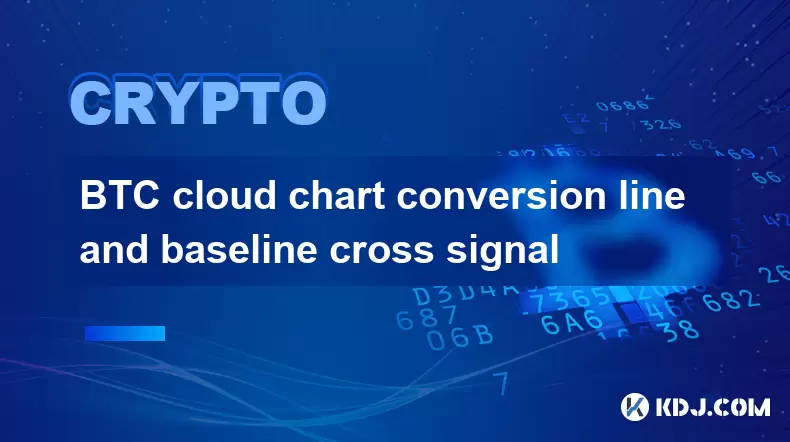
Understanding BTC Cloud Chart: Ichimoku Kinkō Hyū Basics
The BTC cloud chart, also known as the Ichimoku Kinkō Hyū, is a powerful technical analysis tool used by cryptocurrency traders to evaluate price trends, momentum, and potential reversal points. Unlike traditional candlestick charts, the Ichimoku system incorporates multiple lines and a "cloud" (Kumo) to provide a more comprehensive view of market conditions. This indicator is especially popular among BTC traders due to its ability to convey complex information in a visually digestible format.
The core components of the Ichimoku chart include:
- Tenkan-sen (Conversion Line): Calculated using the average of the highest high and lowest low over the past 9 periods.
- Kijun-sen (Base Line): Derived from the average of the highest high and lowest low over the past 26 periods.
- Senkou Span A (Leading Span A): The midpoint between Tenkan-sen and Kijun-sen, plotted 26 periods ahead.
- Senkou Span B (Leading Span B): Based on the average of the highest high and lowest low over the past 52 periods, also plotted 26 periods ahead.
- Chikou Span (Lagging Span): The current closing price plotted 26 periods behind.
These elements work together to form the cloud, which acts as a dynamic support or resistance zone. When analyzing Bitcoin's price movements, understanding how these components interact can help traders make informed decisions.
Conversion Line and Base Line: Their Roles in Signal Generation
The Conversion Line (Tenkan-sen) and Base Line (Kijun-sen) are two critical moving averages within the Ichimoku system that serve distinct purposes. The Conversion Line reacts more quickly to price changes due to its shorter calculation period, making it ideal for identifying short-term shifts in momentum. Conversely, the Base Line offers a longer-term perspective, smoothing out price volatility over a broader time frame.
A crossover between the Conversion Line and Base Line is considered a key signal in BTC trading. When the Conversion Line crosses above the Base Line, it typically signals a bullish trend, suggesting that upward momentum is gaining strength. On the other hand, when the Conversion Line crosses below the Base Line, it may indicate a bearish shift, prompting traders to consider selling or hedging positions.
It’s important to note that this signal becomes more reliable when combined with other Ichimoku elements such as the position of the price relative to the cloud and the Chikou Span. Traders should not rely solely on this crossover but instead use it in conjunction with additional indicators for confirmation.
How to Identify a Valid Cross Signal in BTC Trading
Identifying a valid cross signal requires careful observation of both the Conversion Line and Base Line interaction and their alignment with other Ichimoku components. To begin with, ensure your charting platform supports Ichimoku Kinkō Hyū — most modern platforms like TradingView and Binance’s native tools offer this feature.
Here’s how to confirm a valid cross signal:
- Make sure the Conversion Line fully crosses over the Base Line, not just touches it momentarily.
- Check whether the price is positioned above or below the cloud at the time of the crossover. If the price is above the cloud during a bullish cross, the signal gains credibility.
- Verify that the Chikou Span is not lagging too far behind and ideally confirms the direction of the cross by showing recent price action aligning with the new trend.
Traders should avoid acting on premature signals where the lines converge but do not fully cross. Additionally, volume spikes during the crossover can further validate the strength of the move. Monitoring these factors ensures that you're interpreting genuine trend shifts rather than temporary fluctuations.
Interpreting the Cloud in Relation to the Cross Signal
The cloud (Kumo) plays a crucial role in validating the strength and sustainability of a cross signal. When the Conversion Line crosses above the Base Line while the price is already above the cloud, it reinforces the bullish case. Similarly, if the cross occurs within the cloud, it suggests indecision in the market and warrants caution.
Key observations regarding the cloud include:
- A thick cloud indicates strong future support/resistance levels.
- A thinning cloud implies weakening market conviction.
- A rising cloud supports bullish sentiment, while a falling cloud suggests bearish dominance.
When a cross signal occurs just before the price enters the cloud, traders should wait for a clear breakout before entering a position. Conversely, if the cross happens after exiting the cloud, it often confirms the continuation of an existing trend.
Understanding the relationship between the cross and the cloud helps traders filter out false signals and focus on high-probability setups.
Practical Steps to Trade BTC Using the Cross Signal
To effectively trade BTC using the Conversion Line and Base Line cross signal, follow these steps:
- Select a suitable time frame — daily or 4-hour charts are commonly preferred for capturing meaningful signals without excessive noise.
- Enable the Ichimoku indicator and set default values unless customizing for specific strategies.
- Monitor the Conversion Line and Base Line for signs of convergence or divergence.
- Wait for a full cross to occur and assess the price's position relative to the cloud.
- Use the Chikou Span to confirm whether recent price action supports the new trend.
- Set entry orders once the cross is confirmed and supported by other elements.
- Place stop-loss orders below key support levels (for long trades) or above resistance levels (for short trades).
- Adjust take-profit targets based on the thickness and direction of the cloud.
By following these structured steps, traders can better manage risk and increase the probability of successful trades based on the Ichimoku cross signal.
Frequently Asked Questions
What is the best time frame for monitoring the Conversion Line and Base Line cross?
While the Ichimoku cross signal works across multiple time frames, the daily chart is most commonly used by swing traders. Short-term traders may prefer the 1-hour or 4-hour chart, but they should be cautious of false signals due to increased volatility in smaller time frames.
Can the Ichimoku cross signal be used in sideways markets?
In ranging or sideways markets, the cross signal may generate frequent false signals. It’s advisable to combine it with volume indicators or oscillators like RSI to improve accuracy when trading BTC in consolidation phases.
How does the cross signal differ between bullish and bearish scenarios?
A bullish cross occurs when the Conversion Line moves above the Base Line, indicating rising momentum. A bearish cross happens when the Conversion Line drops below the Base Line, signaling weakening buying pressure and potential downward movement.
Is it necessary to wait for the cross to happen entirely before taking action?
Yes, waiting for the full cross to complete ensures that the signal isn’t a false trigger. Partial crosses can lead to premature entries, increasing the risk of losses due to market noise or short-lived reversals.
Disclaimer:info@kdj.com
The information provided is not trading advice. kdj.com does not assume any responsibility for any investments made based on the information provided in this article. Cryptocurrencies are highly volatile and it is highly recommended that you invest with caution after thorough research!
If you believe that the content used on this website infringes your copyright, please contact us immediately (info@kdj.com) and we will delete it promptly.
- Cryptos to Watch in 2025: Punisher Coin, Chainlink, and the Altcoin Arena
- 2025-07-27 18:30:13
- Bitcoin, Altcoins, Rebound: Navigating the Crypto Comeback Trail
- 2025-07-27 18:30:13
- Ethereum, Bitcoin, and Altcoins: A Shift in Crypto Tides?
- 2025-07-27 19:10:13
- Windtree Therapeutics' Bold BNB Strategy: A $520 Million Crypto Play
- 2025-07-27 19:10:13
- Solana, Staking, and Unilabs: What's the Buzz in the Crypto Space?
- 2025-07-27 16:50:13
- VeChain, HBAR, Remittix: Navigating the Crypto Landscape in 2025
- 2025-07-27 17:10:12
Related knowledge
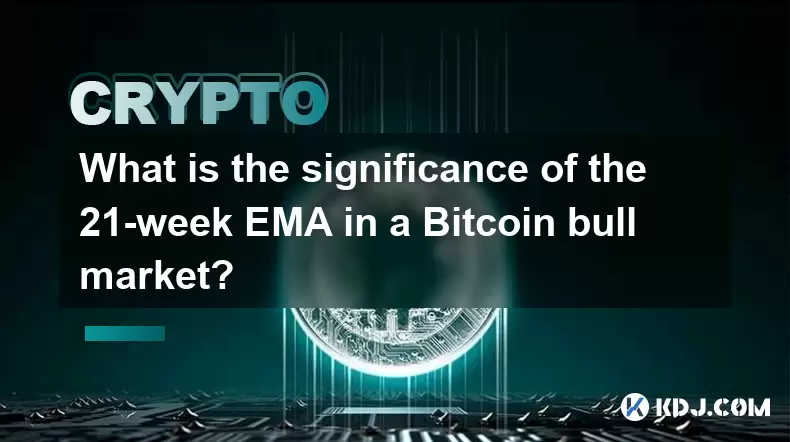
What is the significance of the 21-week EMA in a Bitcoin bull market?
Jul 10,2025 at 06:56pm
Understanding the 21-Week EMA in Cryptocurrency AnalysisThe 21-week Exponential Moving Average (EMA) is a technical indicator widely used by traders a...
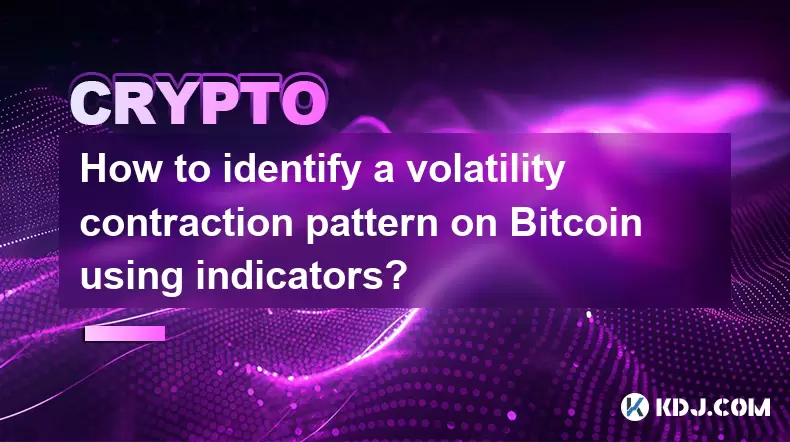
How to identify a volatility contraction pattern on Bitcoin using indicators?
Jul 07,2025 at 07:28am
What is a Volatility Contraction Pattern in Bitcoin Trading?A volatility contraction pattern refers to a phase where the price movement of an asset, s...
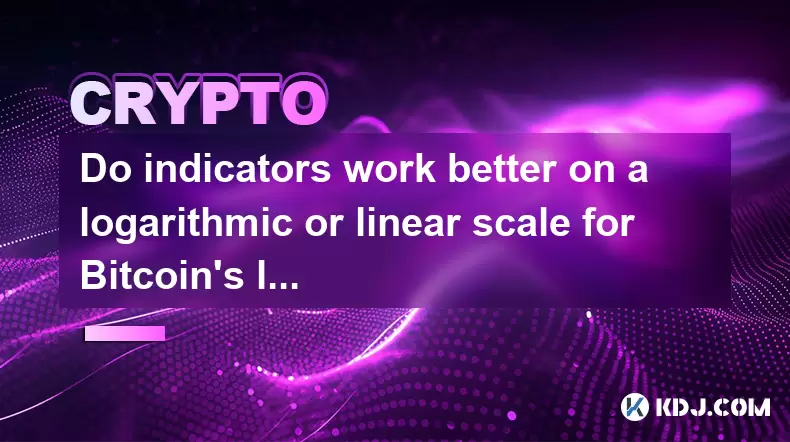
Do indicators work better on a logarithmic or linear scale for Bitcoin's long-term chart?
Jul 08,2025 at 01:42pm
Understanding Chart Scales in Cryptocurrency TradingIn cryptocurrency trading, particularly for analyzing Bitcoin's long-term trends, chart scales pla...

What is the Woodies CCI indicator and can it be used for Bitcoin?
Jul 04,2025 at 05:14pm
Understanding the Woodies CCI IndicatorThe Woodies CCI indicator is a variation of the traditional Commodity Channel Index (CCI), which was originally...
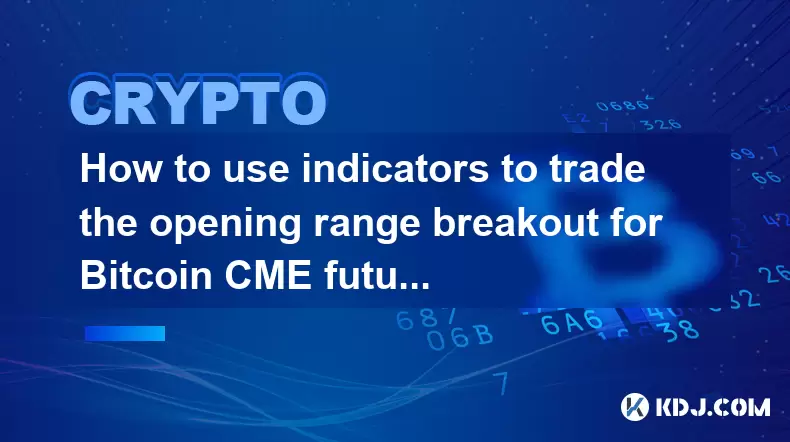
How to use indicators to trade the opening range breakout for Bitcoin CME futures?
Jul 05,2025 at 07:35pm
What Is the Opening Range Breakout Strategy?The opening range breakout (ORB) strategy is a popular trading technique used in both traditional markets ...

How to use the Relative Vigor Index (RVI) for Bitcoin trading?
Jul 07,2025 at 02:00pm
Understanding the Relative Vigor Index (RVI)The Relative Vigor Index (RVI) is a technical analysis tool used to assess the strength of price movements...

What is the significance of the 21-week EMA in a Bitcoin bull market?
Jul 10,2025 at 06:56pm
Understanding the 21-Week EMA in Cryptocurrency AnalysisThe 21-week Exponential Moving Average (EMA) is a technical indicator widely used by traders a...

How to identify a volatility contraction pattern on Bitcoin using indicators?
Jul 07,2025 at 07:28am
What is a Volatility Contraction Pattern in Bitcoin Trading?A volatility contraction pattern refers to a phase where the price movement of an asset, s...

Do indicators work better on a logarithmic or linear scale for Bitcoin's long-term chart?
Jul 08,2025 at 01:42pm
Understanding Chart Scales in Cryptocurrency TradingIn cryptocurrency trading, particularly for analyzing Bitcoin's long-term trends, chart scales pla...

What is the Woodies CCI indicator and can it be used for Bitcoin?
Jul 04,2025 at 05:14pm
Understanding the Woodies CCI IndicatorThe Woodies CCI indicator is a variation of the traditional Commodity Channel Index (CCI), which was originally...

How to use indicators to trade the opening range breakout for Bitcoin CME futures?
Jul 05,2025 at 07:35pm
What Is the Opening Range Breakout Strategy?The opening range breakout (ORB) strategy is a popular trading technique used in both traditional markets ...

How to use the Relative Vigor Index (RVI) for Bitcoin trading?
Jul 07,2025 at 02:00pm
Understanding the Relative Vigor Index (RVI)The Relative Vigor Index (RVI) is a technical analysis tool used to assess the strength of price movements...
See all articles

























































































